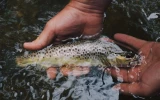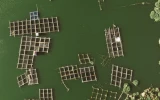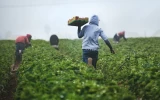Aquaponics vs. Traditional Farming: Pros & Cons Explained
With the global food crisis continuing to be a concern, it's no surprise that people are seeking out new methods of food production such as aquaponics and traditional farming. Aquaponics has recently become a new trend in food production, while traditional farming remains the most practiced form of agriculture. Both have advantages and a few disadvantages on their own, which can help you decide which suits you best.
Aquaponics is water efficient, does not need chemicals, and allows the production of both plants and fish. Traditional farming only produces plant crops. However, limited crops are produced from aquaponics compared to traditional farming. The initial cost is also high and unexpected failures can lead to great losses.
While it’s easy to choose aquaponics in terms of being environmentally friendly, traditional farming has its own edge when it comes to diversity in crops. In this article, we’ll tackle more about the pros and cons of each type of food production method.
Summary
- Aquaponics provides a nature-friendly approach to raising fish and crops but is tricky when it comes to initial costs and set-up.
- Traditional farming is profitable, easy to set up, and only requires a few hundred dollars, however, it can pose a great risk to the environment, especially to soil and water resources.
- Both aquaponics and traditional farming can be improved through technology to reduce waste during operations and give great yields.
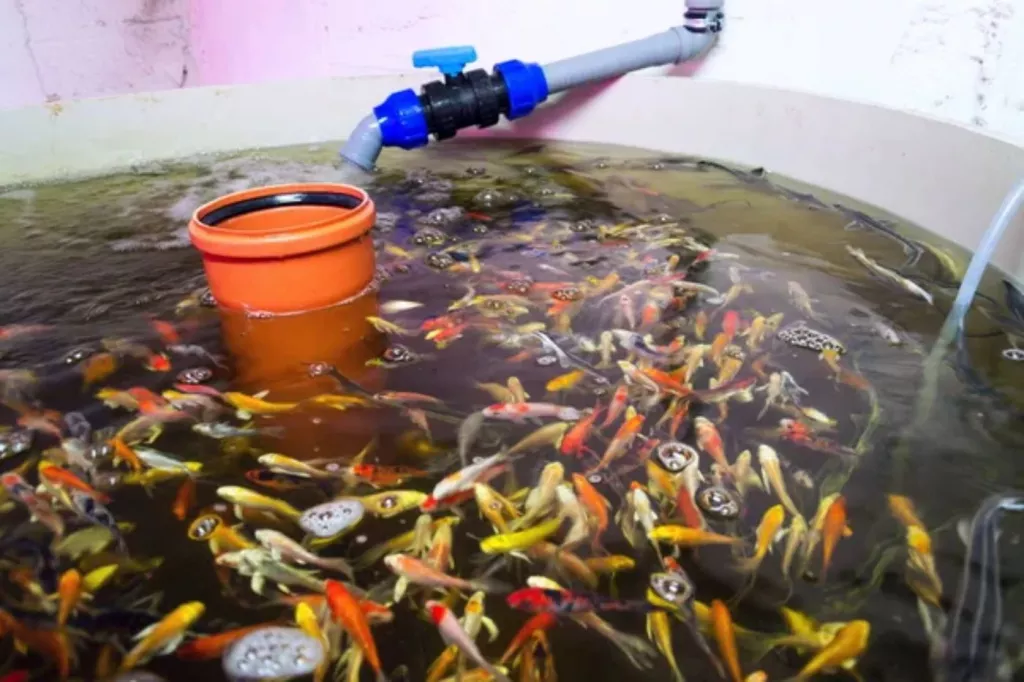
On this page:
How is Aquaponics Different from Traditional Farming?
While both traditional farming and aquaponics are types of small-scale farming, each works differently from one another.
Traditional farming utilizes a primitive method of farming that uses traditional knowledge, tools, natural resources, fertilizers, and pesticides. It is labor intensive and applies old customs and cultural beliefs of the farmers.
Some of the most common methods of traditional farming include agroforestry, which involves growing trees that can help enhance climatic conditions for the crops; crop rotation which revolves around planting different crops on the same land at different times of the year; and mixed cropping which practices planting two or more crops together in a row.
Aquaponics, on the other hand, is a combination of the word “aquaculture” (also known as fish farming, where fish and other aquatic animals are raised in a confined space) and “hydroponics” (which is the process of growing plants without the aid of soil).
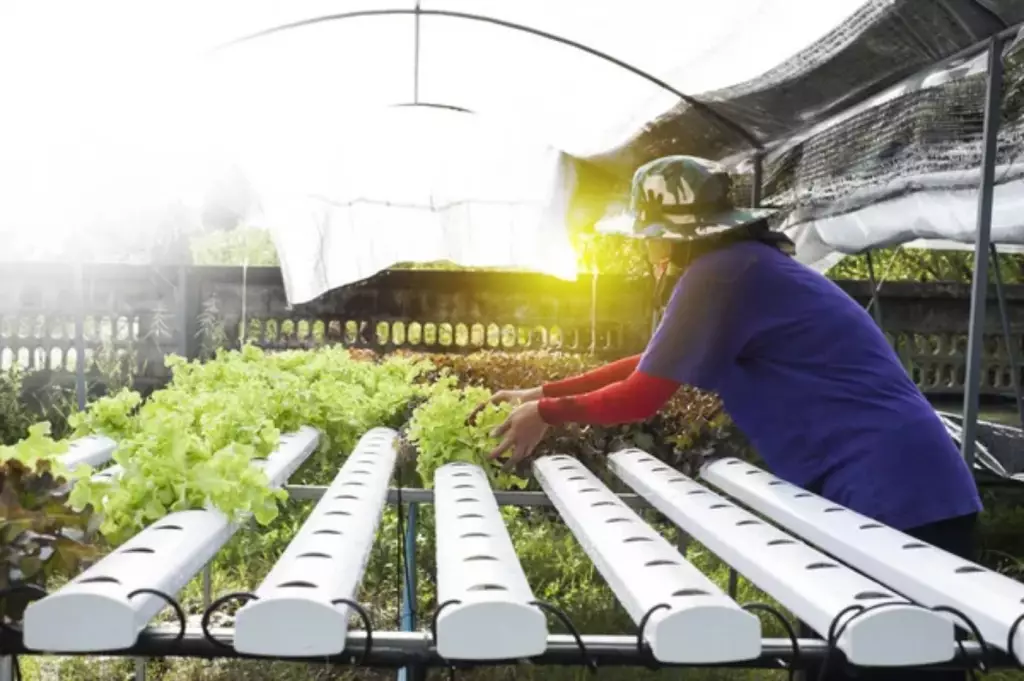
This method works by recirculating water from the fish tank to the grow beds containing the plants, providing the plants with nutrients such as nitrates to help them grow, while they simultaneously clean and filter the water before it circulates back into the fish tank to be used again by the fish.
Comparison between Aquaponics and Traditional Farming
Aquaponics won't replace traditional farming even if the former offers more sustainable methods of producing crops and fish, in the same way, traditional farming cannot top aquaponics despite better outputs. Both can go hand in hand to provide food security in the future if done correctly and improve both technologies and practices to reduce waste and optimize the growth of crops.
Now that we know how each method works, let’s take a closer look at their differences based on certain factors:
| CHARACTERISTICS | AQUAPONICS | TRADITIONAL FARMING |
|---|---|---|
| Water-efficiency | Uses water recirculation system which lessens wastewater and allows for reusing of other elements | Uses 70 percent of worldwide water supply which can cause water scarcity |
| Climate adaptability | Uses a closed system that enables controlling environmental conditions such as temperature changes | At high risk of failing due to unfavorable climatic conditions since crops are in an open unprotected space |
| Economic viability | Aquaponics is a rapidly growing industry that is both productive and profitable if done right | Can be very profitable if cash crops are grown or profitable market garden crops are planted |
| Chemical usage | Does not require the use of pesticides and other chemical enhancers | Needs pesticide and soil fertilizers to maintain healthy growth of plants |
| Environmental benefits | Recirculates water back to the system so it does not contribute to water pollution | Practices deforestation and depletes soil nutrient contents; contributes largely to water pollution |
| Space efficiency | Aquaponics system can be installed anywhere, even without soil. It can be installed even in urban areas where arable land does not exist. | Requires arable land; a few square feet can be sustainable enough for a family; but an acre or more is needed if you plan to make it profitable. |
| Crop diversity | The range of vegetable crops that grow well in aquaponics is only limited to the likes of cucumbers and lettuce | You can plant different market garden crops in a traditional farming setup either via crop rotation or mixed cropping. There are also crops that are suitable for different climates. |
| Power consumption | Aquaponics requires a significant amount of electrical power because most of its infrastructure like fish tanks and water pumps run 24 hours a day to keep the system healthy. | Traditional farming depends mostly on manual labor and traditional farming too so basically, they do not need much electricity. |
| Cost of set-up | The initial investment is pricey if you’re a mid-sized grower as startup costs can range from $25,000 to over $100,000. | If you own the land and already have basic farming tools, traditional farming costs very little to start. If you plant wheat on an acre of land, it may only cost you around $50 to $200. |
| Resiliency | Unexpected failures such as system issues or power outages can result in great crop loss or even a massive fish kill | Some soil-grown crops have greater resiliency under different types of climates. |
| Ease of set-up | Aquaponics require knowledge and experience before constructing the infrastructures. Installation of the infrastructure is challenging and if done poorly, may cause losses and waste your time and money. | If you have land, a few farming tools, and equipment, you only need to purchase your seed and do the manual labor on your own. Traditional farming offers a simple and easy setup. |
| Labor and management | Aquaponics is more labor intensive and needs more management because it is a combination of aquaculture and hydroponics. | Traditional farming has less complicated labor work on a regular basis such as watering, checking for pests, transplanting, or harvesting, applying fertilizer, and soil conditioning. |
Aquaponics is more environmentally friendly but is costly and complicated
From the table above, we can conclude that aquaponics is an innovative technology that offers a nature-friendly method of growing crops and raising fish and aquatic animals. It may also be our chance of increasing food security amidst the global crisis in food and in the face of climate change.
However, the cost of setting up and the ease of installation of the whole system infrastructure hinder the many potentials of aquaponics, especially on large-scale operations.
Traditional farming offers an easy way to earn but depletes natural resources
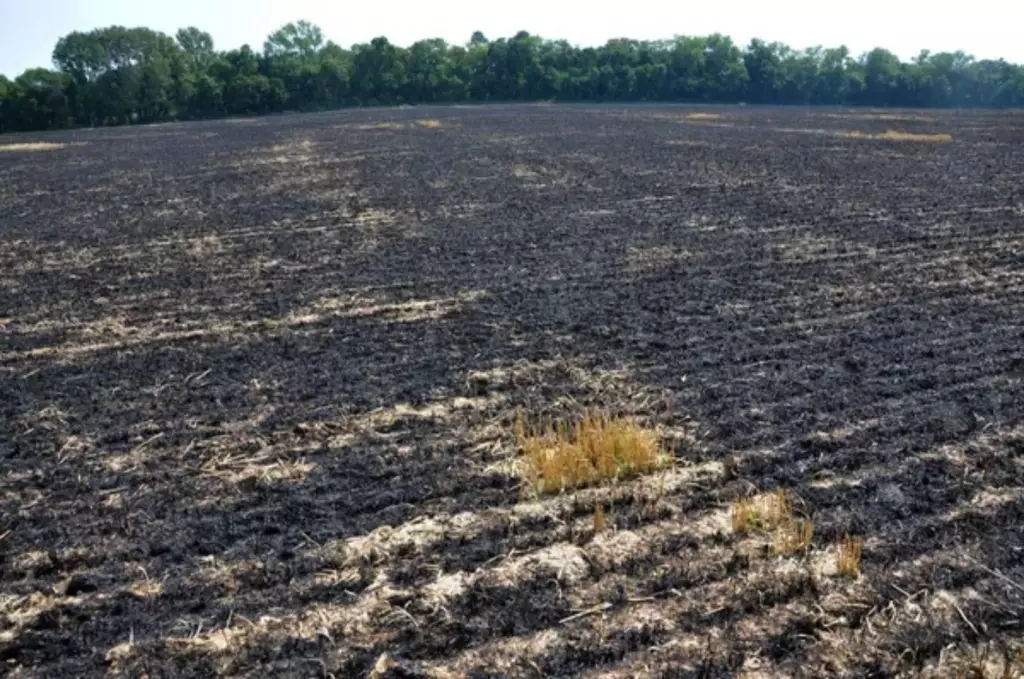
The key takeaway for traditional farming is that although it is more profitable than aquaponics because it only requires minimal inputs but gives off great outputs, it has detrimental effects on the environment.
It uses up the majority of the world’s freshwater supply and contaminates water with pesticides and other toxic chemicals used for soil conditioning. It practices deforestation, specifically of tropical forests that house many exotic animals and plants. It depletes nutrients from the soil and causes soil to erode.
But in terms of profitability, money easily flows in traditional farming especially if weather conditions are favorable. There are many profitable crops and cash crops that easily reap a good harvest and can be quickly sold in the nearest farmer’s market.
